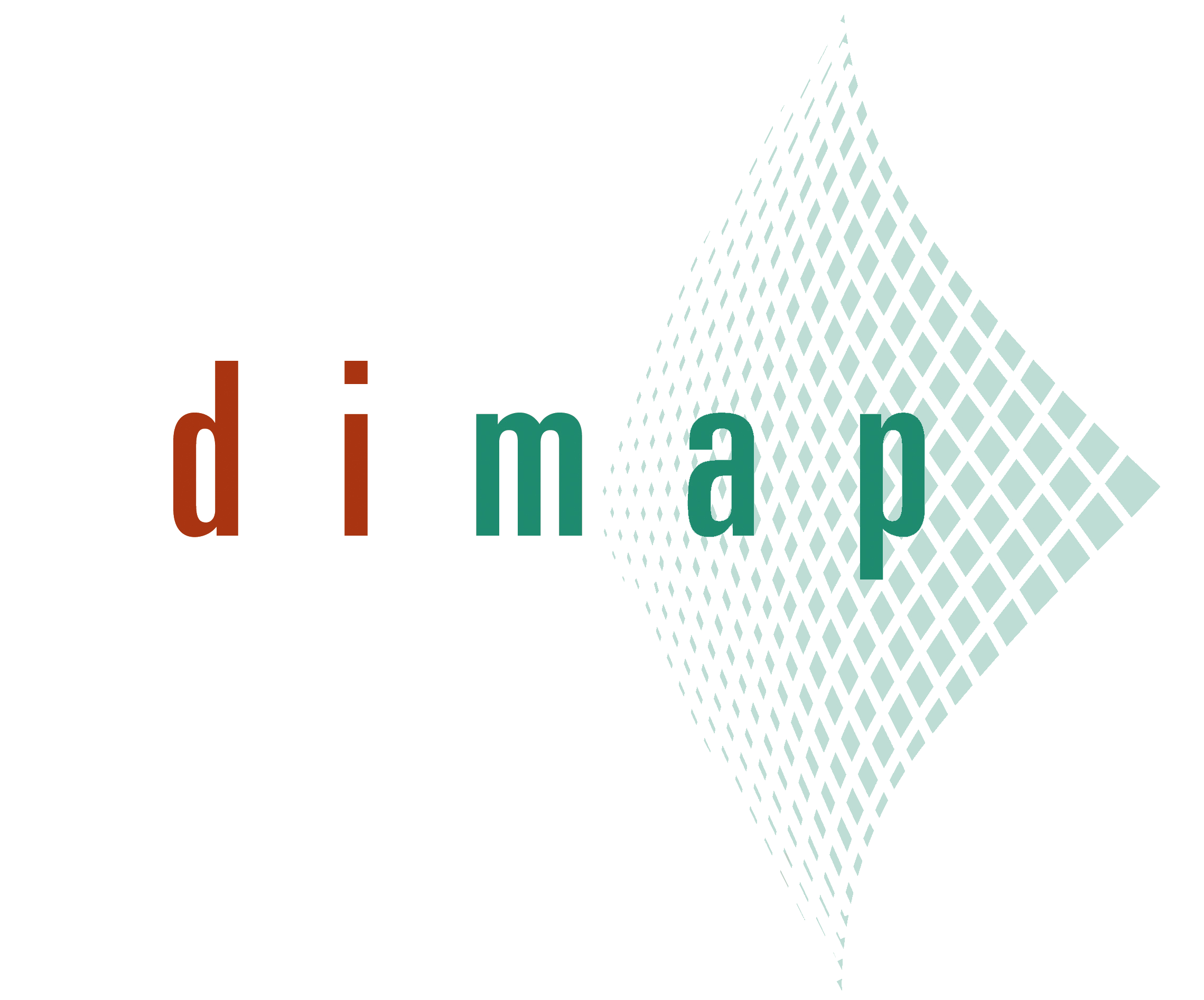
AIRBORNE GAS LEAKAGE DETECTION
Dimap’s unique method of gas leak detection utilizes airborne thermal hyperspectral sensors using a FourierTransform-Spectrometer in the thermal range to identify the location of methane absorptions.
The instrument can be installed in a helicopter or a fixed-wing aircraft. Data is preferably collected during favorable weather conditions regardless of night or day. Clear skies, low humidity, and low wind speeds are considered optimal weather conditions.
Dimap’s detection rate is based on the leakage size. An aircraft flying a maximum of 600 meters (m) above ground level can detect leakages below 50l/h.
Scenarios for Remote Sensing Gas Detection
Scenarios requiring the detection of methane leakages are classified based on risk to the population and physical assets. The scenarios are identified as:
- Crisis Management (Catastrophic Event): Major leaks eg. blow out / major leakages in oil and gas installations.
- Safety Monitoring (Health and Safety, and General Maintenance): Medium-size leaks from damaged pipelines and equipment.
- Environmental Monitoring (and Preventive Maintenance): Small leaks and fugitive emissions can be costly in lost revenue and fines.
Applications for Remote Sensing Gas Detection
Pipeline Monitoring:
- Distribution pipelines
- Transmission pipelines
- Pipelines above and underground
Point Monitoring:
- Compressor stations
- Drill patches
- Offshore Platforms
Area Mapping:
- Baseline for new gas fields, coal
exploration and fracking exploration - Natural gas fields – exploration support
- Coal mines
- Gas installations
- Urban areas
Economic Implications
Concerns regarding methane leakages leading to environmental and climate change are also resulting in considerable financial implications for gas providers and network operators.
Pipeline Monitoring:
With a standard flying altitude, the corridor of mapping is 118m. With a flying speed of 90knts, up to 120km of pipeline per flying hour can be monitored. Prices fall within a range of 60 – 150 USD per km pipeline. Additional data collected by Dimap include high-resolution orthophoto and GIS/CAD terrain details for pipeline inspection and long-term documentation.
Points of Gas Installation:
An area of 50m x 50m can be mapped with a detection sensitivity of 30l/h in one overflight at a flying altitude of 600m. The cost of this survey would be approximately 2,500 USD not including setup and transfer flights. (Costs per collection point are dependent on the distance between locations and the number of collections per flight mission.) For multiple closed areas such as gas exploration, the costs are approximately 350 USD/collection area.
Gas and Coal Production Areas:
Mapping costs are dependent on the area size and range between 400 – 700 USD/sqkm. Typical areas of mapping will be 30 sqkm or larger. Data can be collected for approximately 15 – 25 sqkm in one hour of flight operation.
Deliverables for the Client
- A report identifying leakages with co-ordinates and
pictures, illustrating the detected methane plumes
directly after the flight. - Rectified thermal data and detection results
suitable for implementation into a CAD or GIS
based management system without any further
inspection. - High resolution Orthorectified aerial photography
which can be used to analyze encroachment
into pipeline corridors by buildings, agricultural
activities, and large vegetation.
Case Study:
Technical Readiness Test: Detection of Methane Leakages in Australia
Highlights:
- Fixed-wing aircraft
- Speeds at 100 knots and flying heights of 350m –
900m - The best detection rate of 30 – 50 l/h
- Up to 100% detection rate with good identification of
the native plume
The picture below highlights a leakage analysis from 600m above ground around a gas installation.
After 4 years of development, final production tests were performed in collaboration with partners in Queensland, Australia.
Sensitivity tests were completed using a fixed-wing aircraft over an area of controlled gas releases of varied gas volumes in a blind test.
The test area required 76 passes at heights varying from 350m – 900m over the gas release volumes of 15-160l/h. Methane leakages from 50l/h could be identified up to a flying height of 450m. Larger leakages of 100l/h or more were seen with 100% reliability even with sub-optimal weather conditions with flying heights from 600m – 900m.
Initial results of the data analysis were available within three hours after the flight.
The final trial over known gas releases in an area of unknown methane leakages was mapped from an altitude of 600m above ground with a 30% side lap. For an area of 80 sqkm, two missions totaling 8 flying hours were performed by a crew comprising pilot and operator, and leakage analysis was completed within 24 hours.
There were numerous leakages identified in the area as there were historic coal drillings, leakages on gas installations, and leakages on existing underground pipelines.
Conclusion:
The price of Dimap’s aerial gas leak detection is competitive with traditional methods because of the use of a fixed-wing aircraft, the ability to fly at altitudes not requiring special permits, and a larger coverage area from the sensor.
Additional services include the provision of technical documentation of the status of gas installation.

